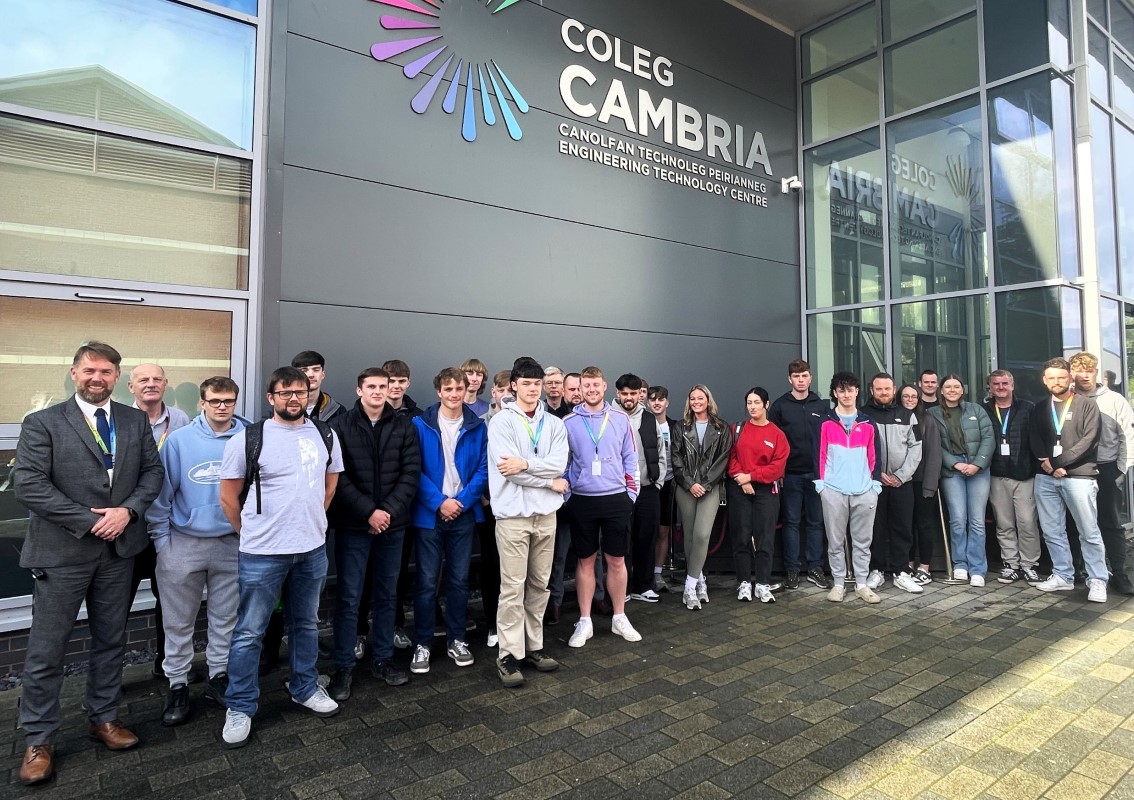Assessing the usage of, and attitudes towards, AI in education

The recent emergence of accessible, generative AI tools such as ChatGPT has sparked much conversation and varying degrees of concern, optimism and uncertainty, but what kind of place does AI have in education?
As AI is here to stay, it’s important to consider how we should respond to such advances in technology, to ensure we are moving with the times, whilst protecting pupils and professionals in the sector and continuing to deliver high quality education. This will involve looking at both sides of the coin: namely the benefits and risks of adopting AI in the education sector.
Optimism for AI
According to our latest research – referenced throughout – half (50%) of teaching employers and 44% of teaching professionals believe we should embrace AI in the workplace. Although this figure is slightly lower than the UK average of those who are ready to embrace AI (56%), only 9% of teaching employers and 14% of professionals are of the belief that AI should be feared. The remaining respondents reflect the sense of uncertainty felt by many, as 41% of teaching employers and 42% of professionals say they are unsure whether we should worry about AI within education or welcome it with open arms.
When utilised effectively, technology has the power to transform education, for both teaching professionals and pupils. For instance, technology grants teachers better access to content and resources to support lesson planning, as well as a software to allow them to work smarter, not harder, when planning lessons and marking work. In the classroom, tech helps to engage and motivate students, support different learning needs and prepare students for successful careers in a digitally enabled world.
AI could unlock even greater opportunities to improve education; according to our research, cost savings, improved productivity and improved creativity and innovation were cited as the main benefits AI could offer teaching organisations. The AI tool ChatGPT specifically has been praised for the fact it is widely accessible and is right at our fingertips to be taken advantage of within the education sector.
The use of AI in education could present opportunities for both teaching professionals and students to upskill, to equip them with the digital skills they need today to future-proof their careers. However, understandably so, there are doubts over the implications of adopting AI within education and the negative impact of failing to proceed with caution. Although the debate is by no means black and white, the extent to which AI might hinder, rather than help, education is a concern for many.
Our research reveals that over half (56%) of education employers intend to allow staff to use AI tools like ChatGPT but will monitor usage and 12% will allow staff to use AI unmonitored. Whilst AI technology could be applied for good, nearly a third (29%) of employers anticipate they will ban AI tools, which illustrates the attitudes against the use of AI in education, but what are the obstacles making some people concerned about AI and therefore reluctant to embrace it?
Challenges to consider
The question of how best to navigate AI in education is a complex one, particularly when it comes to students using tools like ChatGPT. AI could be seen as a threat to education, raising a number of issues surrounding pupils not reaching their full potential and instead relying on AI to produce work for them, as well as problems around plagiarism.
On the flip side, ChatGPT could be used as a research tool for example, to support a student with a project but not replace their writing skills, creativity and original thought. It’s also important to question how much we ought to trust AI as well as the overall reliability of a tool like ChatGPT, which may spread inaccurate information, hence why fact-checking is crucial. Taking both sides into account, ChatGPT could be used to complement education, but an awareness of the growing number of students using AI and the associated drawbacks is vital if we are to safeguard the education system.
As it stands, majority (81%) of education organisations say they are not currently using AI tools; the main reason employers cited is that it’s not required (33%), followed by a gap in knowledge and a lack of awareness or understanding of the benefits (29%). That’s not to say that AI won’t impact, or play a significant part in, the education sector, but current usage is low. Our research shows that although the presence of AI is ever-growing in many corners of our lives, it’s still early days in education and we’re yet to fully comprehend the capabilities of AI, as well as the risks and challenges.
Just 9% of education professionals say they have used an AI tool in their current role and, whilst almost a quarter (23%) of teaching professionals expect AI tools will positively impact their job, 14% believe AI will have a negative impact on their role. Notably, nearly a third (32%) of education professionals think tools like ChatGPT won’t impact their job at all.
One of the main factors which is affecting the uptake of AI across several sectors, including education, is the lack of skills to properly utilise these new technologies. We found that more than a third (37%) of professionals feel they do not possess the right skills to enable them to make the best use of AI tools and technology. Even more (62%) teaching employers say they do not have the right skills in their workforce to make the best use of AI and expressed the need for both technical and soft skills to effectively utilise AI tools.
According to our research, less than a quarter (22%) of education employers are currently investing in training for staff to upskill in AI tools and technologies and many (64%) education professionals say their employer is not helping to prepare them for the use of AI in the workplace. Considering AI is not going anywhere any time soon, this lack of preparation could have negative consequences for the education sector. Therefore, putting plans in place to facilitate upskilling, to understand and utilise AI, should be a priority.
Looking to the future
An open-mind and open dialogue about the benefits and risks of AI tools and technologies is essential amongst education employers and professionals. On top of this, a willingness to constantly reassess the advantages and challenges of AI in education, to come up with new solutions, is crucial in our ever-changing digital age.
By Paul Matthias, National Director of Education at Hays
FE News on the go…
Welcome to FE News on the go, the podcast that delivers exclusive articles from the world of further education straight to your ears.
We are experimenting with Artificial Intelligence to make our exclusive articles even more accessible while also automating the process for our team of project managers.
In each episode, our thought leaders and sector influencers will delve into the most pressing issues facing the FE sector, offering their insights and analysis on the latest news, trends, and developments.











Responses